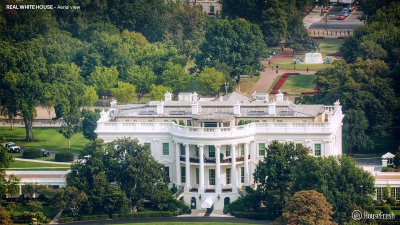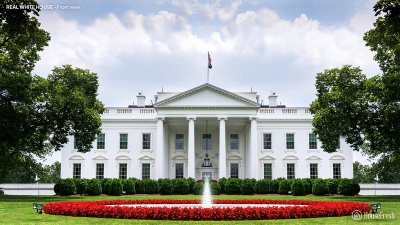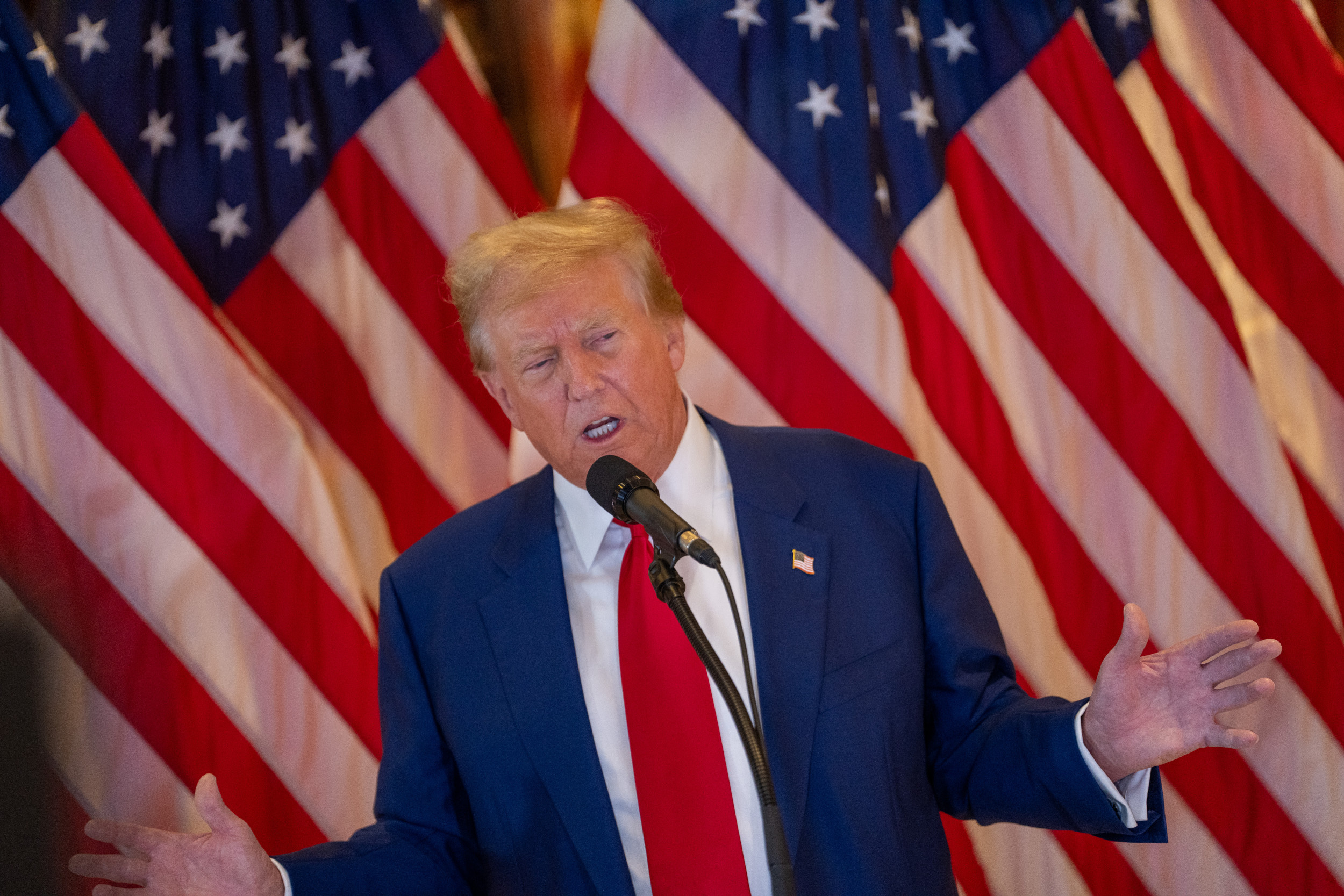The White House is an internationally recognized symbol of U.S. politics and the official residence of the president, but it could have looked very different to what we see today.
The national monument, located in Washington, D.C. has been the home of every president since John Adams, who moved into the unfinished building in 1800.
Construction began on the mansion in 1792, after George Washington—who laid the cornerstone—held a contest for design submissions, after selecting the site the previous year.
Announcing the competition, Washington declared the new nation's buildings "in size, form, and elegance shou'd look beyond the present day," an archived document from The White House Historical Association says.


Irish-born architect James Hoban's vision was chosen in the competition, but there were five other designs considered by Washington. Some of the original drawings have been preserved in the archive of The Maryland Center for History and Culture, HouseFresh reported.
The site worked with the center to bring these alternatives to life, using modern technology, unveiling for the first time the competing visions as they would have looked had they been built.
Keen architect Thomas Jefferson, who was secretary of state at the time, submitted an anonymous drawing. Although his design wasn't picked, it seems he was impressed with the building, reportedly saying the mansion was "big enough for two emperors, one Pope and the grand Lama," The New York Times reported.
And the Founding Father got to put his own stamp on it when he became president in 1801. Carrying a document from the Library of Congress, website White House History explained: "Thomas Jefferson outlined the White House and grounds with sweeping carriage paths and a stable to the east.
"This plan for the White House grounds was completed between 1802 and 1805. Thomas Jefferson likely created the plan during his presidency."
Budding architect Philip Hart submitted plans for both the White House and the Capitol, with his grand vision comprising an imposing triple elevation at the front, with two-storey columns, separated by a balcony.
Andrew Mayfield Carshore's design may resemble the current structure from the front, with both featuring a triangular gable, but they differ vastly. Carshore favored pitched roofs and his design lacked columns.
HouseFresh said: "According to architectural historian Hugh Howard, Carshore was a 'gentleman amateur' and his rejected entry may be the only building he ever designed."
Jacob Small was ahead of his time, as he is said to have anticipated oval rooms, but they failed to make the final drawings in any of his four submissions. The site noted he included "maze-like" hallways and "mysterious staircases," and while the exterior isn't worlds away from the final design, his does include a belfry-esque tower at the top.
James Diamond, a builder and architect, envisioned a majestic entrance, with a balcony flanked by two staircases. His idea incorporated a central courtyard, although HouseFresh quoted Diamond, who noted: "The open court may be changed to a picture gallery and lighted from the top, which would have a grand effect."
Explaining more about the original designs, Vivien Barnett, curatorial assistant at The Maryland Center for History and Culture, told the site: "The plans are currently housed in custom-made archival storage mounts. We use acid-free archival boards to sandwich each drawing, and most have a custom cut mat that provides a window into the mount so the object is still accessible in storage."
After a devastating fire in 1814, which essentially gutted the building, Hoban rebuilt the mansion according to his original plans. And over the centuries it's undergone a few changes. The South Portico was added under the James Monroe administration, while President Andrew Jackson added the North Portico, both additions were made under Hoban's supervision.
At the beginning of the 20th century, President Theodore Roosevelt ordered a major renovation of the building, relocating the president's offices to what's now known as the West Wing.
And his successor, President William Howard Taft, built the infamous Oval Office. President Harry S. Truman went further than any of his predecessors, remodeling the entire interior, reconstructing everything apart from the façade.
In its current form, the neo-classical structure boasts 132 rooms, 35 bathrooms and 28 fireplaces over six floors. And the White House was merely the building's nickname prior to 1901, when Roosevelt made it the official title.
Uncommon Knowledge
Newsweek is committed to challenging conventional wisdom and finding connections in the search for common ground.
Newsweek is committed to challenging conventional wisdom and finding connections in the search for common ground.
About the writer
Rebecca Flood is Newsweek's Audience Editor (Trends) and joined in 2021 as a senior reporter.
Rebecca specializes in lifestyle and viral ... Read more





